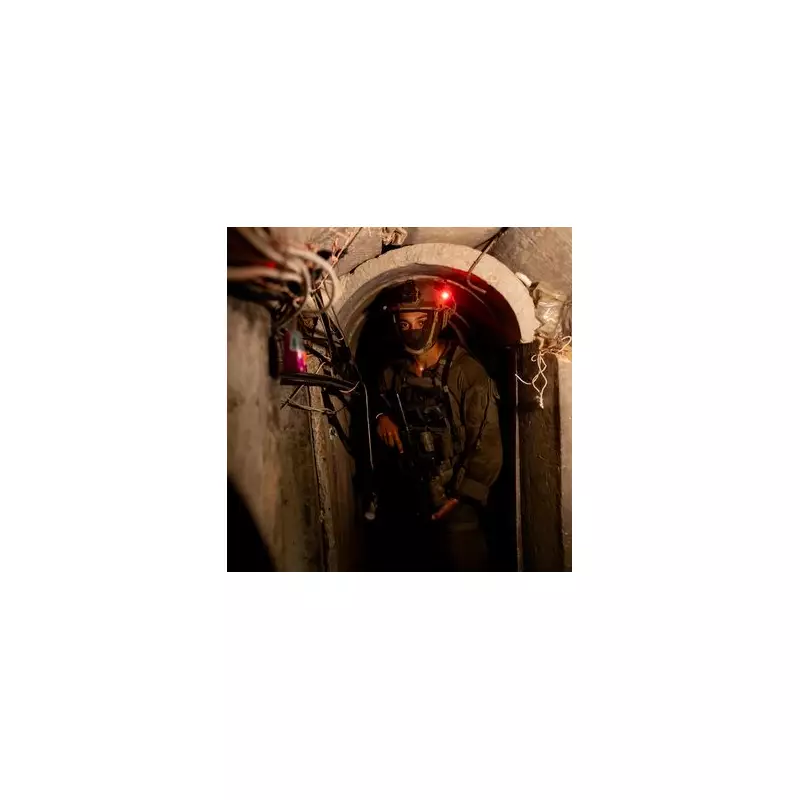
In a series of chilling revelations, former Israeli hostages have broken their silence about the terrifying reality of being held captive in Hamas's extensive underground tunnel network beneath the Gaza Strip. Their testimonies paint a picture of psychological warfare and constant fear during their 49-day ordeal.
The Underground Prison Network
Daniel and Sharon Aloni, among those recently released, described being moved through what they called "a city beneath the city" - a sophisticated maze of tunnels stretching for kilometres. "We were constantly being transported from place to place," Sharon revealed. "The uncertainty was one of the most terrifying aspects."
Psychological Warfare Tactics
The hostages detailed how their captors employed sophisticated psychological manipulation. "They would play mind games with us," said Daniel. "One moment they would threaten us, the next they would offer small comforts. It was designed to keep us permanently off-balance."
Another former captive, Adina Moshe, described the constant state of fear: "Every sound, every movement could mean danger. We never knew if we would survive the next hour, let alone the next day."
Medical Manipulation and Control
The hostages reported that their captors carefully controlled access to medication and medical care. "They would sometimes provide medicine, sometimes withhold it," Sharon explained. "It became another tool of control, another way to keep us dependent and fearful."
Family Separation as Torture
Perhaps the most cruel aspect of their captivity was the systematic separation of family members. "They deliberately kept families apart," Daniel stated. "Not knowing if your loved ones were alive or dead, safe or suffering - that was its own special kind of torture."
The Moment of Release
The former hostages described their release as both joyous and terrifying. "We didn't know if it was real or another cruel game," Adina recalled. "When we finally saw the Red Cross vehicles, that's when we allowed ourselves to hope."
As the world continues to grapple with the ongoing conflict, these firsthand accounts provide a harrowing glimpse into the human cost of warfare and the sophisticated methods employed by militant groups in the region.





